Ocicat vs Tabby: Is There Any Difference?
Yes, there is a significant difference between Tabbies and Ocicats. Mostly, the scope includes temperaments, physical appearance, and needs. One thing to take note of, however, is that while an Ocicat is a breed, a Tabby isn’t. Rather, Tabby is a term that refers to a coat pattern seen in some cat breeds.
This means we are going to compare one specific breed which is the Ocicat to a general group of cats considered to be Tabbies. We will, later on, find out if the Ocicat can be considered a Tabby. Keep reading!
Table of Contents
Breed Origins
Ocicat
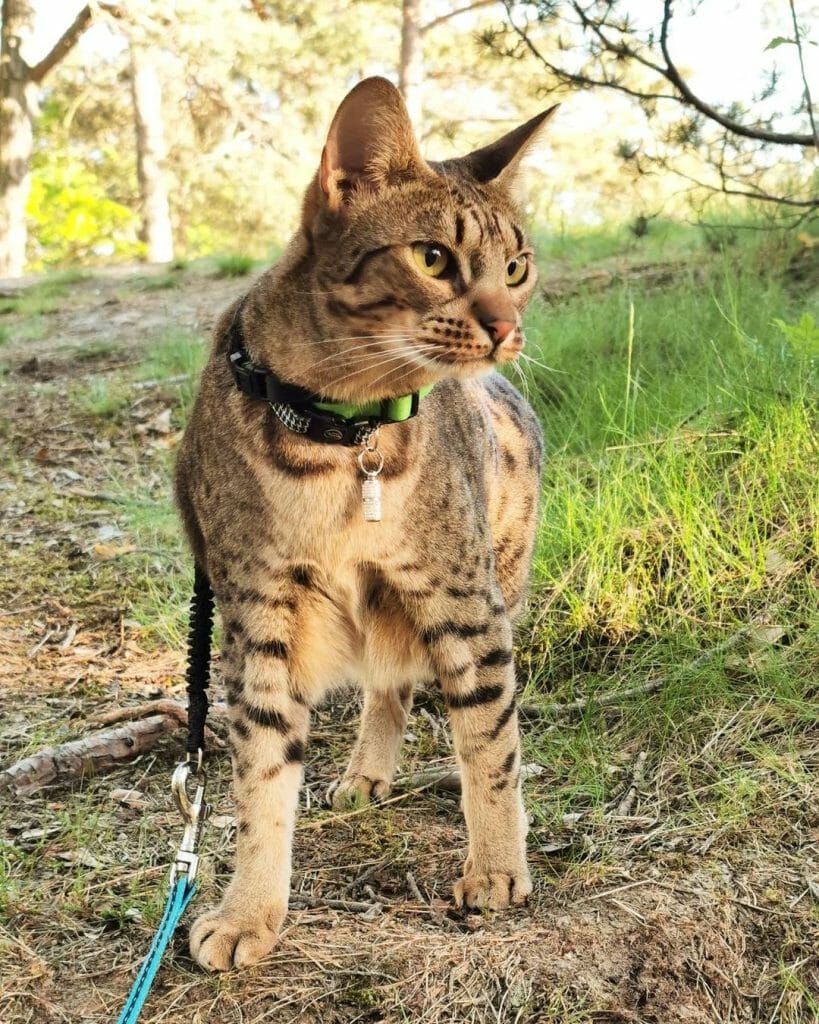

The Ocicat has a perfect resemblance to a wild cat only that he’s more suitable as a house pet. His markings may not be something you’d see daily, but studies show that the Ocicat has no wild DNA in his gene pool. He was simply the result of Virginia Daly’s Abyssinian and Siamese breeding program.
It was after the first generation when a spotted kitten appeared in the litter in Berkley, Michigan. The first-ever Ocicat was named “Tonga” by Daly’s daughter. Meanwhile, the breed name “Ocicat” was heavily referenced by the Ocelot which was a wild animal considering their similar appearance. Although Tonga was neutered, further breedings produced more Ocicats.
One major error caused by the Cat Fanciers’ Association was introducing the American Shorthair to the Ocicat breed. This turned out to be advantageous, however, as it developed more the Ocicat breed.
Tabby
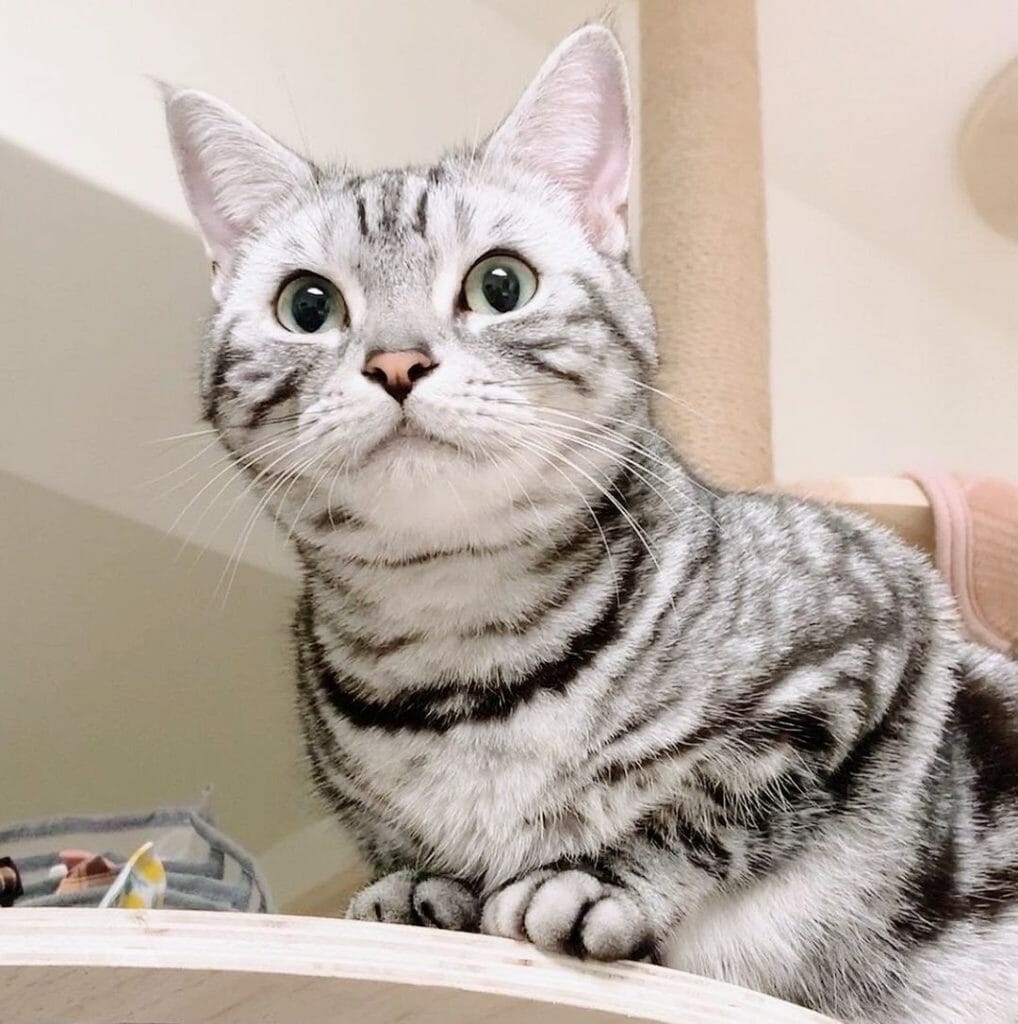

Since the Tabby is not a breed, we’ll search through how this pattern came to be. Scientists conducted a study for this and found out that the cells responsible for the Tabby pattern emerge in the embryo even before the fur develops. The early cells then mimic the classic Tabby pattern which can be seen under a microscope.
Furthermore, the stripes in the pattern originate from the cat’s direct ancestor known to be the Near Eastern Wildcat.
Tabbies are some of the world’s most popular cats and probably the oldest. They can either be mixed or purebred and may include the following:
- Egyptian Mau
- American bobtail
- Maine Coon
- Persian Cat
- Somali
- Siamese
Size, Appearance, & Coloring
Ocicat
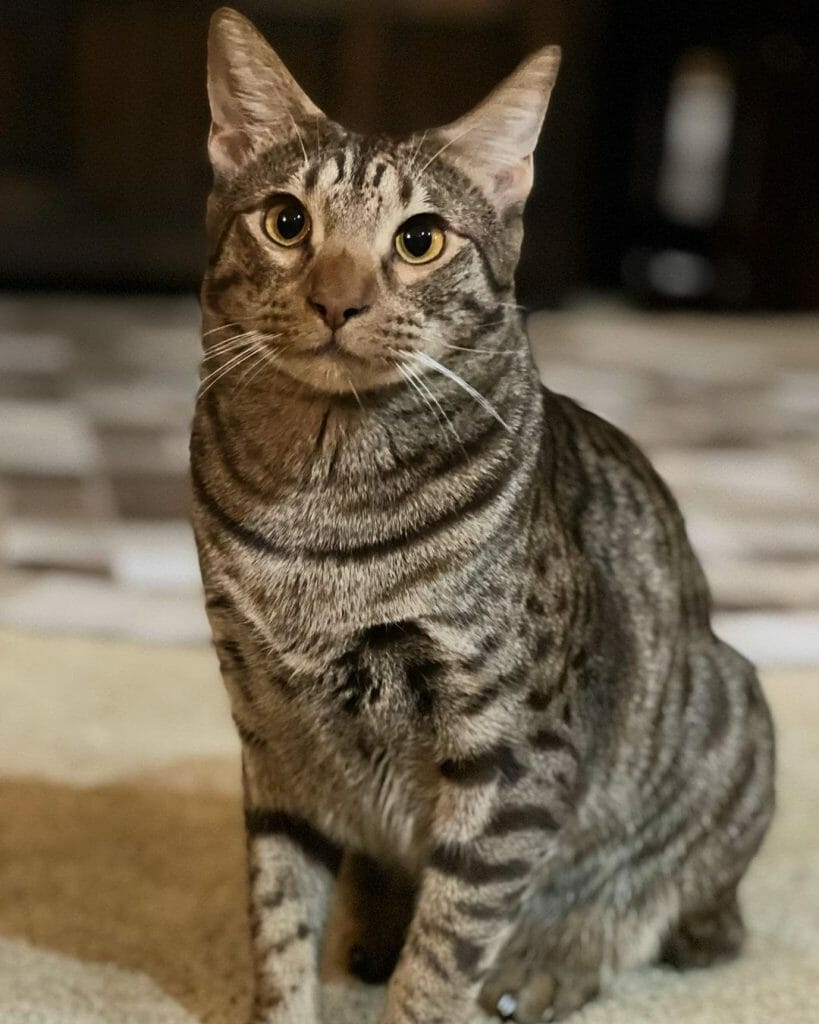

The Ocicat breed is a medium-large cat with well-developed muscles that make him look athletic and heavy. He’s got a wedge-shaped head, a firm chin, and a well-defined muzzle. As you may notice, his ears are large and are set at a 45-degree angle. The eyes are ideally large and almond-shaped and they come in various colors except for blue.
The tail is slim, tapered, and dark at the tip. As for the coat, it has to be smooth and close to the body with spotted color patterns and markings that stand out from the base color of the coat. Typically, the fur gets lighter on the face, lower jaw, chin, and eyes.
Various colors are natural to this breed:
- Chocolate
- Brown
- Cinnamon
- Tawny
- Lavender
- Blue
- Silver
- Black silver
Tabby
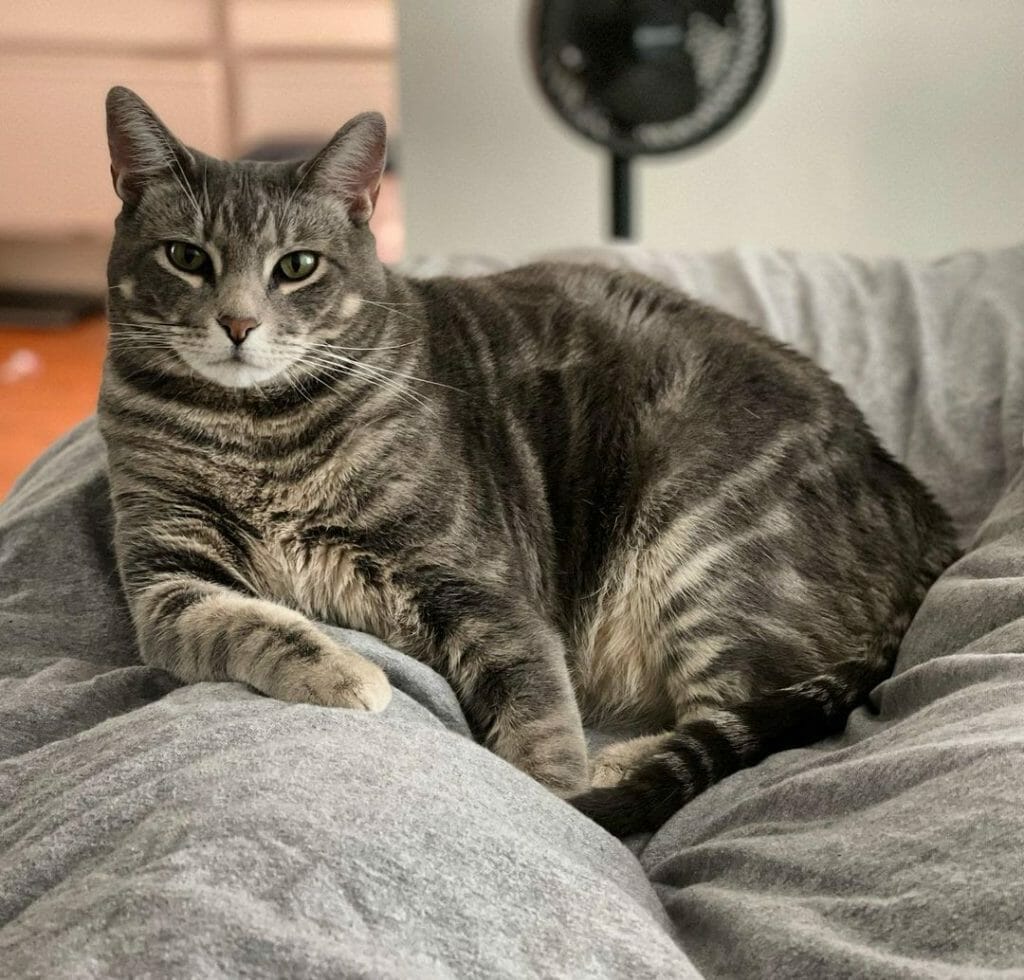

There are different types of tabby patterns today, thanks to their continuous natural development. While some cat breeds have some of the patterns, the rest possibly have all. Still, all of them are Tabbies.
The first pattern is the classic Tabby. The coat has broad and blotched stripes that cover the whole body. The best description for this would be marbling.
The second pattern is the mackerel. This has continuous or broken stripes that run upright from the spine area of the cat. The stripes are usually thin and small.
The third is the spotted. It is similar to the classic tabby only that instead of the broad stripes, spotted Tabbies have blots. This pattern is considered to be very rare.
The last Tabby pattern is Agouti. The cat’s body has a solid coat color but stripe patterns appear on the tail, legs, and face.
All Tabbies come in different colors too! It includes:
- Brown
- Orange
- Grey
- Black
- Cream
- Buff
Temperament
Ocicat
Even though the Ocicat looks wild, his temperament is everything desirable but ferocious. He acts the same as a dog and has extreme devotion towards his loved ones. Considered to be highly intelligent, the Ocicat is trainable and easy to get along with. If he’s been exposed to different faces while he’s still a kitten, he’ll tend to be open with anyone once he matures.
He’s not clingy and demanding when it comes to attention, but he won’t refuse a loving pet or a warm cuddle from his owner. There is always confidence in his actions, regality, and calmness all the way.
From time to time, you’d witness a cat who wants to be babied by its owner. He’d ask to be carried wherever you go in the house. Although this may come across as “obsessive”, an Ocicat sure does know how to keep himself entertained while you’re working.
Tabby
The general temperament of Tabby cats includes a lot, especially that there are countless breeds on the list. They are mostly friendly, happy-go-lucky, easy-going, intelligent, loving, and excellent companions.
There are certain generalizations regarding coat colors for cats. Ginger Tabbies are deemed bossy, sassy, and feisty which are true in most cases. However, most of these are just based on the association of their color as fiery. Black Tabbies, on the other hand, despite being seen as bad luck, are sociable, affectionate, and outgoing.
These concepts won’t apply at all times. Each cat is different and the best way to understand his personality is by digging through his history and ideal temperaments. Knowing what the breed is is the first step in getting familiar with the cat’s habits and behaviors.
Exercise Needs
Ocicat
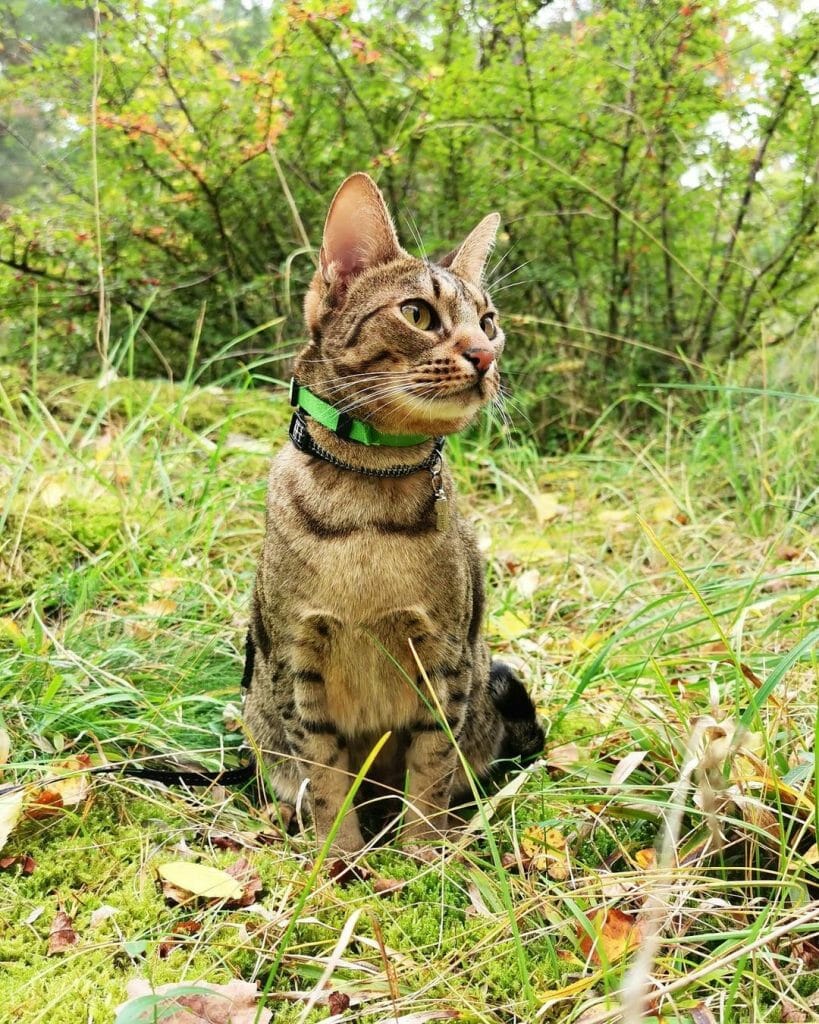

You don’t have to give an Ocicat a special type of exercise as you would with a dog. Cats are naturally playful, energetic, curious, and active. It is ideal for Ocicats to be brought outside regularly as long as the place is secured. Climbing up on trees is their favorite pastime or they may end up rummaging in the toy box to look for their favorite toy mouse.
Since this cat can adapt to anything even when on a leash, you can take him out for a walk daily too. The best time to do this is either in the early morning or late afternoon.
Tabby
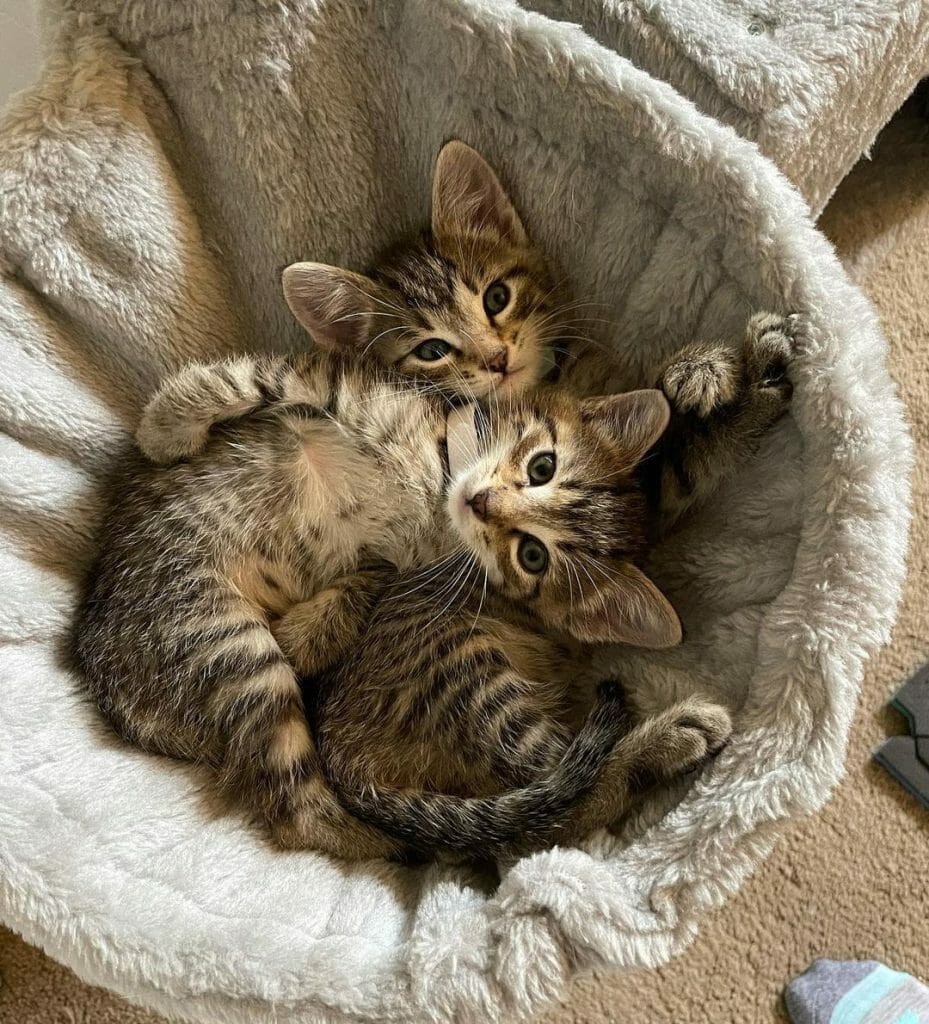

Exercise needs highly depend on the kind of lifestyle the cat has. Typically, outdoor cats would need less time to sweat off since they have open access to the natural environment. They have trees to climb on and a wider area to run around in. Indoor cats, on the other hand, can still stay fit as long as they are physically and mentally stimulated. Cat toys and towers will keep them moving.
However, the thing with indoor Tabbies is that they may tend to get lazy, so encourage them to play or get a second cat or pet so they can have a playmate.
Grooming Requirements
Ocicat
Occasional grooming and bathing are needed for the Ocicat. A once a week brush will do. This makes him a low-maintenance breed perfect for those who don’t want to brush their pets daily. Since he’s single-coated, he should be kept indoors most of the time. To remove all loose and dead hairs, use a chamois cloth. This will also keep his coat in an excellent state.
Tabby
Most Tabby cats have double coats so some of them need regular grooming. Of course, you have to know the shedding rate of the breed of your Tabby cat so you’d know how often coat brushing should be done in a week and if baths would be frequently needed.
Other important grooming things to do in a grooming regimen are to keep their nails trimmed, their ears cleaned, and their teeth brushed.
Health Problems
Ocicat
Some health problems may be inherited by an Ocicat from his parents. Nevertheless, he lives a long lifespan. Commonly, he may suffer from a few ailments which most can be treated if diagnosed early:
- Amyloidosis
- Liver amyloidosis
- Hypertrophic cardiomyopathy
- Pyruvate kinase deficiency
Tabby
A Tabby’s health highly depends on its breed, but most Tabbies live up to 15 years as long as they are properly taken care of. Still, there are health issues that may strike up a Tabby-coated cat which can be:
- Hyperthyroidism
- Obesity
- Urinary tract problems
- Lethargy
Cost per Kitten
Ocicat
Adoption: $75 to $150
Reputable Breeder: $800 to $1,500
Tabby
Adoption: $150
Reputable Breeder: $100 to $1,500
So, Is the Ocicat a Tabby?
No doubt, he is! One of the patterns that can be found in an Ocicat breed is the Tabby marking. Aside from the prints that cover his body, the most obvious way in identifying a Tabby cat is the “M” mark on his forehead which the Ocicat proudly flaunts. If this is the kind of Tabby you want, adopt one in your local shelter!
